It took one very long travel day to make our way from El Nido on the island of Palawan to Banaue in the mountains of Luzon (the northernmost region of the Philippines). From El Nido, it was a 6 hr van ride to the airport. During which, we came dangerously close to hitting an elderly man who was crossing the road as our driver flew by. So close, we struck the large piece of bamboo he was carrying over his shoulder, which was just inches his head. Some damage to the vehicle, but miraculously, the man was just fine. Between that, some other close calls, and the fact that our driver was having to stop to put air in the tires along the way…we relieved when we finally made it to Puerto Princesa. From Puerto Princesa, we flew to Manila. From Manila, we took an overnight bus to Banaue. When it was all said and done, it was nearly 24 hours of traveling. But in the end, it was worth it. Visiting the rice terraces of Banaue (pronounced Ba-NA-way) was the highlight of our travels in the Philippines.
My friend Steph spent two years in Banaue with the Peace Corps and lived in a grass roofed hut in the rice field. This was before I knew her, but wow…I can only imagine what that must have been like. Steph was very helpful in giving us info on the area and connecting us with a place to stay. And hearing her enthusiasm about the area convinced us we must go – and we are so glad that we did.
The Banaue rice terraces are commonly referred to as the “Eighth Wonder of the World”. They were carved into the mountains of the northern Philippines 2,000 years ago by the Ifuago people. They are located at around 5000 feet above sea level and cover miles and miles of countryside. The terraces have been passed on from generation to generation, using techniques largely unchanged since their creation 2,000 years ago. As described by the UNESCO site, the terraces are a “priceless contribution of Philippine ancestors to humanity” that “illustrate a persistence of cultural traditions and remarkable continuity and endurance.”
We had the opportunity to hike through the Banaue rice terraces – starting in the main town and making our way all the way up to the top of the terraces. We hired a local guide for the hike who was able to show us how to properly navigate the way.
Towards the beginning of our hike up, we saw a lady tending to one of the nurseries. Rice is first planted in a nursery, then transplanted by hand to the rice field.
To contain the water needed for rice cultivation within the paddies, the mountainous terrain must be terraced with stone or mud walls. The terraces were built by hand and the farming was, and still is, done by hand as well. The rice terraces are a beautiful illustration of human harmony with nature. It was breathtaking to see them in person – a feeling and experience we will never forget.
In the middle of the fields are traditional homes, still occupied by the families who farm these terraces.
Not a million dollar home, to say the least, but it does come with a million dollar view.
Water flows from the forests above, down through the rice terraces below, eventually draining into a stream at bottom. There is a complex system of dams, channels and pipes to ensure the water is shared through the entire field and that no single terrace obstructs the flow. On our trek up the terraces, we passed by two waterfalls.
Our guide told us that the red flowers are used to define the property borders of the terraces.
Toward the end of our hike, a deep fog set in. Although it limited our views, it was truly mystical.
Our trek through the rice terraces was an experience of a lifetime. It felt like stepping into another world. We will never forget it. After we made it to the top, to get back to town, we used the road instead of hiking back down the terraces. On our way down, we saw what looked a little bit like a zip line. Our guide explained that it’s a rope line used to transport concrete to the homes on the other side. He explained that’s a long walk to get those homes and there is no road.
Now, if you had to guess what the most popular sport in the Philippines is, what would you say? Soccer? Volleyball? Nope. The most popular sport, hands down, is basketball. If we had a dollar for every basketball hoop we saw during our travels in the Philippines, our trip would have been paid for, seriously. Even the smallest villages we passed through had basketball hoops. If village had just one slab of concrete, guaranteed a basketball hoop was placed over it. Being a basketball lover myself, this brought a smile to my face. The following picture provides an aerial view of the town of Banaue. At the center, is the high school – the focal point of which is a large basketball court.
Here are a couple of the basketball hoops we saw on the outskirts of Banaue. People do not have driveways, so they have simply placed the basketball hoop over the road.
Banaue town proper is a basic mountain town. Nothing fancy, but I really liked its vibe. I felt a sense of peace and serenity there.
Our second day in Banaue, we headed to the nearby village of Batad. More on that in the next post…
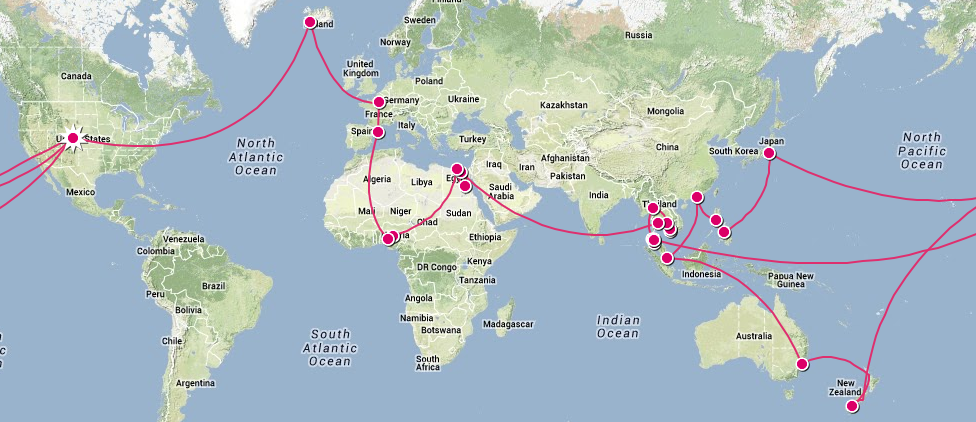



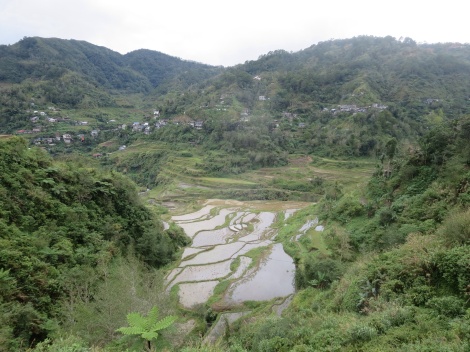


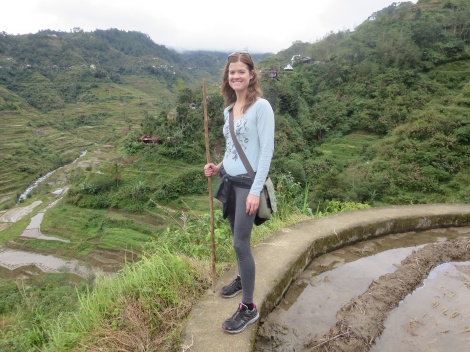



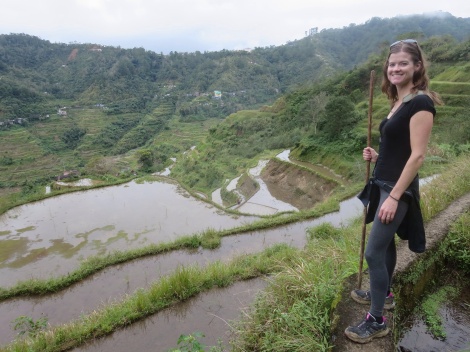
















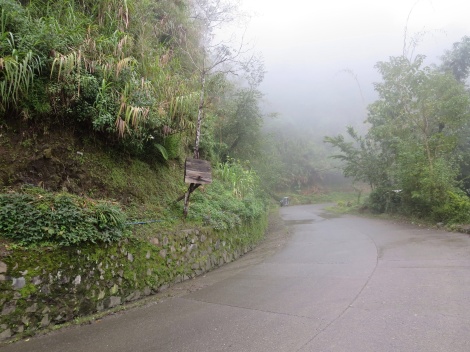

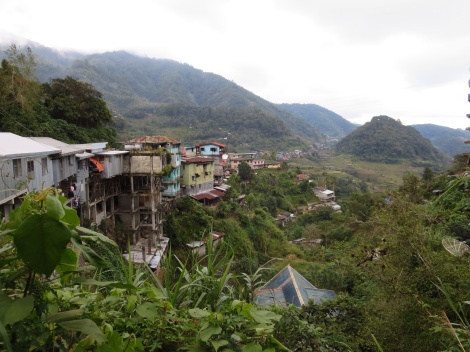

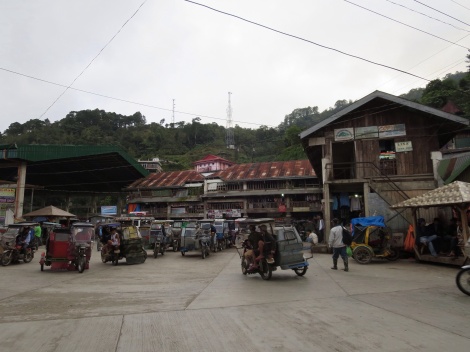
No worry about you keeping up “a” workout while traveling. Some hike you took there! Awesome experience.
They must get a boat load of rain every year! Very beautiful spot.
Wow! I can understand why you will never forget your experience here. Did Jay get a chance to shoot some basketballs?
No basketball for Jay in the Philippines, but he has been able to shoot hoops in Hong Kong…there is one just steps from our door here.
So beautiful!!! Thanks again for sharing… Giving me lots of wonderful ideas for future travels!! Hi to Jay!! Is mark and Abby done soon in Egbe? I noticed no longer posted on SP website under current projects… I would love to go back again but couldn’t make the last dates that were posted 😦 Sounds like you had a wonderful experience serving with SP in the Philippines with OCC!!! Take care!
Sent from my iPhone
>
Thanks Tami! Mark & Abby are still in Nigeria…hard to believe they have been there almost three years now! I know how much you wanted to go back…maybe someday you still will? They are making progress on filling the long-term positions.